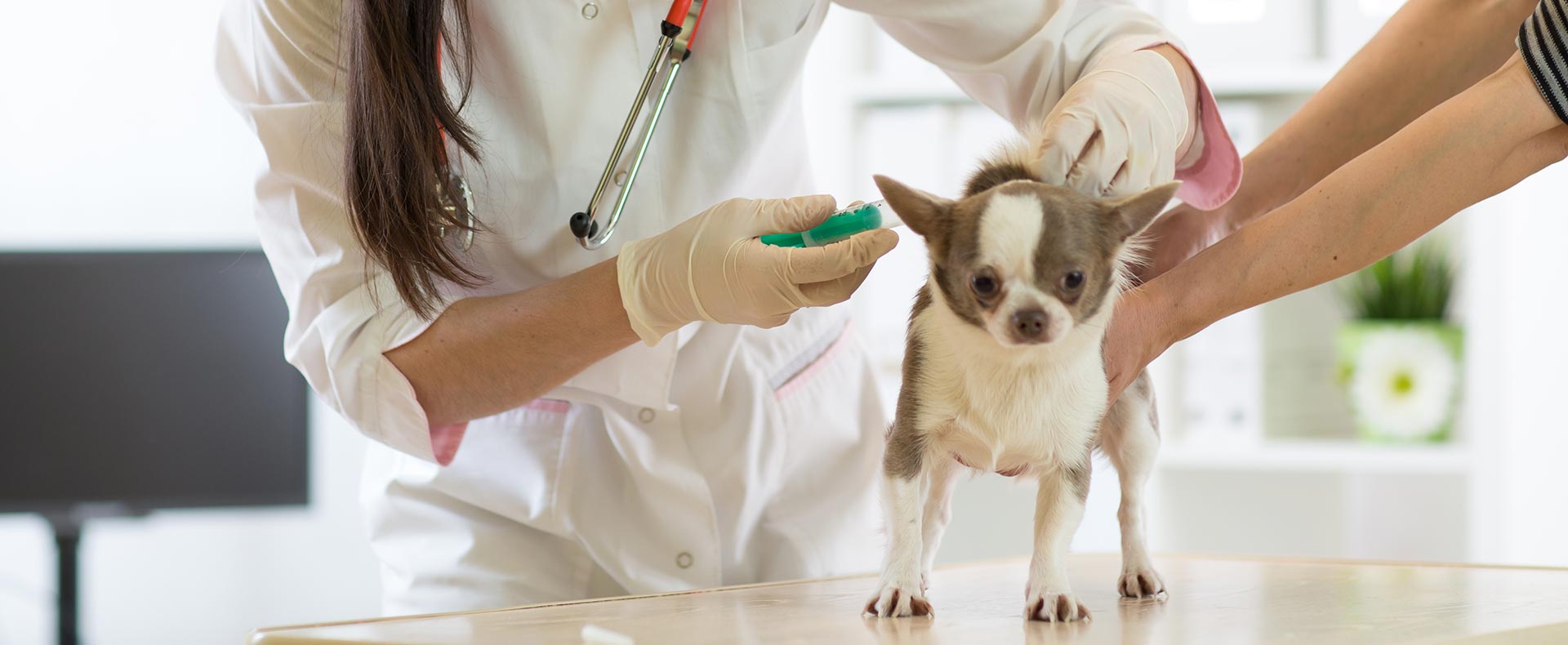We all form a strong bond with our pets and enjoy spending time together. Pets, reciprocally, also form close relationships with their families. Sometimes, if left alone, a dog can suffer from separation anxiety. While most cases of this condition are mild, some cases can be severe. Below, let’s take a closer look at separation anxiety in dogs to understand the condition better and learn common symptoms to watch for.
What Causes Separation Anxiety?
The truth is, nobody is entirely sure what causes separation anxiety to form. It may be triggered by a past event or could develop as a new condition. It seems all dogs are equally likely to develop separation anxiety, regardless of the dog breed or age. What is essential to understand is that you have not caused separation anxiety to form. Coddling your dog too much or spending too much time together is not a cause for separation anxiety.
What Are Common Symptoms?
Symptoms of separation anxiety may be difficult to detect because they usually manifest when you are not home. Symptoms associated with this condition are triggered once the dog is left alone. If you suspect your dog is suffering from anxiety, installing a camera or home monitoring system may help diagnose your dog. Some common symptoms may include:
- Continuous pacing, digging or scratching at doors, walls, or windows
- Repeated barking
- Chewing
- Urination or defecation in the home
- Escaping
- Excessive panting
If you notice symptoms that may indicate separation anxiety in your dog, the best step you can take is to speak to your veterinarian about possible solutions to treat your pet.
How Can I Help My Dog?
Luckily, it is possible to overcome separation anxiety and mitigate the symptoms with the right treatment plan. Working together with your veterinarian, you’ll be able to create a customized treatment plan that will focus on eliminating stress in your dog while you are away. Some great ways to calm a dog with separation anxiety include:
- Exercise – It is vital to make sure your dog is properly exercised before you leave home. When your dog is exercised and tired, it is more likely to fall asleep until you return.
- Desensitization – Your dog has likely associated specific cues around the home with you leaving. Your dog could know that putting on your shoes or grabbing your keys means you are headed out the door. Work on desensitizing your dog to these sounds so that your dog remains calm when you leave.
- Daycare – Taking your dog to a daycare facility is a great way to help with separation anxiety. Not only will a daycare help exercise and socialize your dog, but it will help your dog connect your absence with something fun.
- Puzzle Toys – Having a fun puzzle toy for your dog to play with when you leave will occupy your dog and keep it busy until you return home. Save high-value treats for when you are away.
- Medication – Sometimes, in severe cases, medication is needed to help keep your dog calm while you are away. Calming medicines are safe and low-dose, ensuring continued use is alright.
